Intriguingly, multiple genome-large studies have reported that the newest proportion off Ribo-Seq checks out throughout the 5’UTR with regards to the Dvds is greater within the fret conditions than in normal conditions [16, dos1, twenty-seven, 35]. This may mean that uORFs are translated more effectively inside fret requirements, resulting in repression regarding Dvds translation. As an alternative, the fresh trend may also be generated by differences in the newest translation elongation rates from uORFs and you can Cds on several requirements.
We reviewed Ribo-Seq and you may RNA-Seq analysis away from three tests: #1 Scer
In order to ideal understand the effectation of uORFs on the controlling Dvds interpretation, here i have a look at the fresh cousin alterations in uORF translation rather than Dvds interpretation in lot of worry studies performed inside the Saccharomyces cerevisiae and you will Schizosaccharomyces pombe. We end your interpretation of all uORFs is impractical to impact the translation of the downstream coding series, at the least on the conditions checked. The fresh difference was mRNAs that are particularly up-managed at the level of interpretation through the fret, along with a lot of family genes by which uORF-mediated controls was not before advertised.
Show
We collected ribosome profiling (Ribo-Seq) and mRNA sequencing (RNA-Seq) from three different stress-inducing experiments, two performed in Saccharomyces cerevisiae (Scer) and a third one performed in Schizosaccharomyces pombe (Spom). In the first experiment, Scer.aa-, amino acids were depleted from the medium ; in the second one, Scer. Oxi, hydrogen peroxide (H2O2) was added to the medium ; and, in the third one, Spom.N-, starvation was induced by removing nitrogen from the medium . For each experiment we obtained the raw RNA-Seq and Ribo-Seq sequencing reads and mapped them to the corresponding CDS and 5’UTR sequences, obtaining the relative number of mapped reads in each sequence (Fig. 1a, two replicates for each condition and experiment). Whereas the number of mapped RNA-Seq can be used to quantify mRNA levels, the number of mapped Ribo-Seq reads can be used as a proxy of ribosome abundance .
Increased ribosome density in 5’UTR versus CDS in stress conditions is independent of uORFs. a Workflow of 5’UTR and CDS read mapping and quantification. aa-, amino acid starvation in S. cerevisiae , #2 Scer. Oxi, oxidative stress in S. cerevisiae and #3 Spom.N-, nitrogen starvation in S. pombe . For each experiment we used two normal replicates and two stress replicates. We mapped the sequencing reads to 5’UTR and CDS separately, obtaining the corresponding CDS and 5’UTR tables of counts for each gene and sample. b Log10 ratio of 5’UTR to CDS Ribo-Seq reads in stress versus normal conditions in the three experiments. Each data point represents a gene. The number of Ribo-Seq reads is a proxy of ribosome density. A relative increase in the density of ribosomes in the 5’UTR in stress can be observed for the majority of genes in the three experiments. We discarded genes with less than 10 average mapped reads in both conditions. Tables with CDS and 5’UTR reads were merged to calculate the ratios. c Workflow of uORF read mapping and quantification. We defined uORFs in the 5’UTRs as all ATG to STOP putative coding sequences of size 10 codons or longer. Subsequently we applied RibORF to identify the ribosomal P-site for each read, which corresponds to the tRNA binding site, and extracted the number of in-frame and out-of-mapped Ribo-Seq frame reads. The uORF Ribo-Seq table of counts was obtained by adding in-frame and out-of-frame reads for each uORF and sample; uORFs with less than 10 mapped reads, considering all samples together, were not considered for further analysis. d Log10 ratio of uORF to CDS Ribo-Seq reads in stress versus normal conditions in the three experiments. Each data point represents a gene. The number of Ribo-Seq reads is a proxy of ribosome density. Any uORFs with less than 10 Ribo-Seq mapped reads considering all samples together were discarded. Tables with CDS and uORF reads were merged to calculate the ratio. A relative increase in the density of ribosomes in uORFs in stress can be observed for the majority of genes in the three experiments. e proposed uORF dependent and uORF-independent mechanisms for the increase in relative ribosome density in the 5’UTR vs CDS in stress conditions. 1. uORF-dependent: uORFs are translated at higher levels during stress and this results in CDS translation repression. 2. uORF-independent: CDS translational arrest occurs independently of uORFs. f Same as B but for 5’UTRs not containing uORFs. No significant differences in the number of mRNAs with increased 5’UTR to CDS Ribo-Seq signal in stress were detected in subsets of 5’UTR containing or not containing uORFs with respect to the complete mRNA set, see Table S1 for additional information on the number of datapoints and proportions
